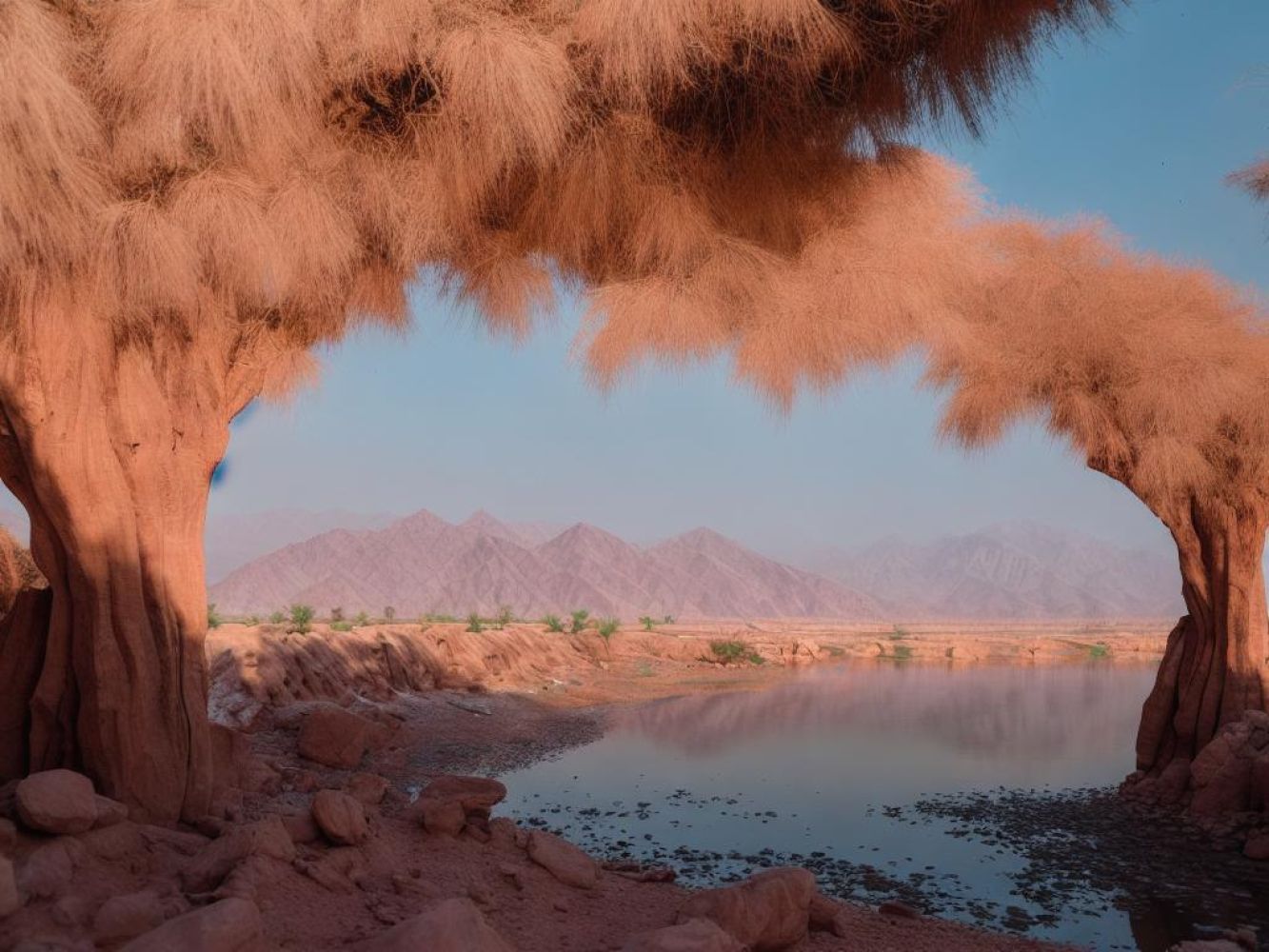Understand
Mohenjodaro, an ancient urban ruin on the Indian subcontinent, is a fascinating archaeological site that dates back to the 3rd millennium BC. Located on the banks of the Indus River in Pakistan's Sind Province, this well-preserved city flourished for 800 years and played a significant role in the development of urbanization in South Asia. It is the earliest manifestation of urban planning in the region. The city of Mohenjodaro is of immense proportions, consisting of two sectors. In the western sector, there is a stupa mound that rises prominently, while the eastern sector houses the lower city ruins along the riverbanks. The acropolis, elevated on high embankments, and the well-planned lower town offer glimpses into the early system of town planning. On the stupa mound, there are several major structures such as the Great Bath, Great Granary, College Square, Pillared Hall, and private homes. The lower city complex comprises houses, wells, shops, and commercial buildings. The streets are laid out in an orderly manner, intersecting each other at right angles, showcasing a remarkable city planning that included advanced sanitation and drainage systems. Unfortunately, only about one-third of this vast urban ruin has been excavated since 1922, posing a threat to its foundations due to the rising water table of the Indus River. In the 1970s, UNESCO launched an international campaign to protect the prehistoric mud-brick buildings from saline action. Mohenjodaro does not boast grand palaces, temples, or monuments. However, its wealth and stature are evident in the artifacts discovered, such as ivory, lapis, carnelian, and gold beads. The closest structure resembling a temple is the Great Bath, a watertight pool constructed on a mound and held together by walls of baked brick.
Map & Climate
Popular Foods
 Biryani - A flavorful rice dish made with meat, typically chicken or lamb, cooked with spices and vegetables. The dish is known for its rich aroma and distinct taste, often prepared for special occasions or festive meals.
Biryani - A flavorful rice dish made with meat, typically chicken or lamb, cooked with spices and vegetables. The dish is known for its rich aroma and distinct taste, often prepared for special occasions or festive meals. Chicken Tikka Masala - Consisting of roasted marinated chicken chunks simmered in a creamy tomato-based gravy, seasoned with a blend of spices. This dish is mildly spiced and loved for its comforting and delicate flavors.
Chicken Tikka Masala - Consisting of roasted marinated chicken chunks simmered in a creamy tomato-based gravy, seasoned with a blend of spices. This dish is mildly spiced and loved for its comforting and delicate flavors. Kabuli Pulau - A delectable rice dish featuring succulent meat, traditionally goat but also available with chicken, cooked with aromatic herbs and spices. The dish is characterized by its colorful presentation, with the rice dyed a distinctive blue hue and garnished with raisins, almonds, and other fruits.
Kabuli Pulau - A delectable rice dish featuring succulent meat, traditionally goat but also available with chicken, cooked with aromatic herbs and spices. The dish is characterized by its colorful presentation, with the rice dyed a distinctive blue hue and garnished with raisins, almonds, and other fruits.




Comments
NO COMMENTS